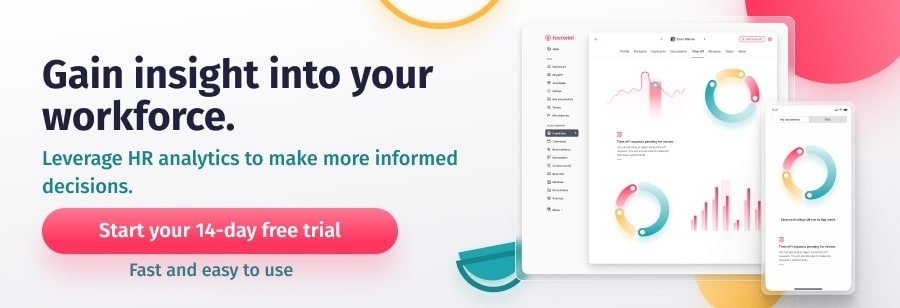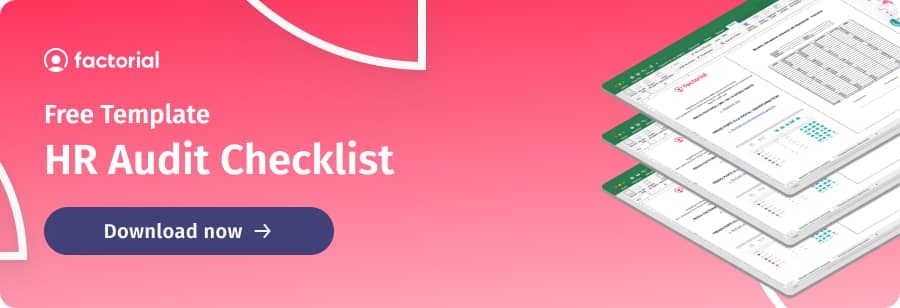What does a great workforce cost? Smart businesses invest heavily in their human capital by offering employees fair compensation, benefits, and training opportunities. While businesses are usually aware of how much they are paying in payroll and taxes, many do not take the extra step to see where their labor costs are really paying off.
Businesses typically prioritize keeping costs low. But what if those low costs are also keeping employees unhappy and productivity down? Increasing costs or shifting them — whether by raising salaries, offering perks, or investing in other employee engagement initiatives — can end up saving the business money in the long run. Higher wages (or similar investments) may boost employee satisfaction, increasing productivity and efficiency. They will also improve retention, allowing the business to save big on recruiting, hiring, and training new employees. However, some investments are not worth it for employers. These drain the bank without having a significant effect on employee morale or output.
It is vital that HR teams understand where the business is making these trades. What are the true labor costs of your business? How can they be optimized for the highest ROI? In this post, we’ll cover how HR can tackle labor costs.
Cost of labor definition
Factors in labor costs
Shift in perspective: What costs do employees face?
How HR can leverage labor cost data
Make data-driven decisions
HR Analytics Software ✅
What Is the Cost of Labor?
Workforce compensation is usually among the biggest expenses at any business. That’s why there is so much pressure for HR to drive top-line performance while managing costs. Does paying people more or giving them more benefits translate into better performance and outcomes? Figuring out the perfect recipe will have a huge impact on a business’s success.
But what is the cost of labor? How can we calculate it? In short, the cost of labor is the sum of all wages paid to employees, as well as the cost of employee benefits and payroll taxes paid by the employer.
The cost of labor can be broken into direct and indirect costs. Direct costs include wages for the employees physically making a product, like workers on an assembly line. Direct labor costs are variable because they rise and fall with production costs. Indirect costs are those not associated with production, such as a salesman who sells the new product. These costs can be variable or invariable.
While it’s standard for larger businesses, even small or medium-sized businesses can benefit from tracking variable and invariable labor costs. Properly managing costs will provide insight into the financial health of the business and help chart a path forward.
Understanding Labor Costs
When setting the price of a product, businesses must take into account the costs of labor, material, and overhead. The sales price must include all the costs involved in production. If any costs are left out of the sales price calculation, the profit will be lower than expected.
While this type of number crunching has traditionally been the domain of the finance department, HR departments are being called into play. As the team responsible for managing human capital, HR is uniquely equipped to evaluate how labor costs are paying off. When looking at the labor costs of their organization, HR needs to consider the following factors:
Salaries and Wages
This is the bread and butter of labor costs. Wages can be variable, as they are calculated based on the number of hours each employee works during a pay period. Salaries, meanwhile, generally remain constant, as they don’t shift until the employee receives raise. Some businesses may pay salaried employees additional compensation for overtime hours while businesses with overtime exempt employees may not.
Regardless of whether your employees earn salaries or wages, time tracking software is a must for calculating labor costs. By tracking employee working hours, HR can gain insight into how earnings are influencing employee productivity and behavior.

Contract Labor
If your business retains independent contractors, it is vital to factor them in when calculating labor costs. How much does a contractor cost per hour to complete a certain task? Would it be worthwhile to hire a full-time employee to take over these responsibilities?
Employee Benefits
Benefits are a key part of employee compensation. They also go a long way in increasing employee engagement and satisfaction. One study showed that 69% of employees agree that a wider array of benefits would increase loyalty to their employer. Furthermore, benefits are becoming more important than ever. 59% of employees say their employers have been providing benefits and programs to support and improve their well-being during the Coronavirus pandemic. Businesses that want to attract top talent know they need to invest in benefits like health insurance, paid time off, retirement plans, and more. The question for HR should be: what benefits are the most valuable to employees?
Employment-Related Insurance
Unemployment insurance is a legal requirement for employers in most states and some states require employers to carry workers’ compensation insurance as well. These costs too are an important part of the labor costs equation.
Cost of Labor for Employees
HR is uniquely positioned to leverage labor cost data because they understand what is important to employees. By tapping into employee pain points, HR can see where labor costs are best meeting the business’s needs.
Reframe labor costs by remembering that jobs present costs to employees as well. Transportation, dress code, and time away from family are all real costs for employees. These kinds of costs can have a big impact on employee engagement and satisfaction. If your business is creating these kinds of costs, it will likely have to make up for them in compensation or benefits. Here are some key costs to watch out for.
Commute
Having a long commute is killer for employee morale. It not only leads to depression and anxiety but can also cause back pain and digestive problems. Check out the zip codes of employees who left the company to see if commute times may be driving away your workforce. Find out how far employees are traveling and if they feel this may be hurting their performance. Once you find out how the commute is affecting your workforce, you can make a strategy to ameliorate the cost for employees. This could be as simple as offering carpool signups or more comprehensive such as providing moving stipends to far-flung employees.

Work-life imbalance
Striking work-life balance is always difficult– but it is especially difficult in a pandemic. Check out how long employees are working. (Spoiler: in the pandemic, many workers are doing more than eight hours.) Are they checking messages at all hours of the night? This can be a tricky problem but it is important for businesses to change their work culture if employees are breaking their backs. A better work life balance means better employee engagement and retention in the long run.
Uniform
If employees at your business need to come dressed in a particular way, they might need to spend a good chunk of change on work-ready attire. Consider making an employee survey to see how this is affecting morale. Remember, reducing costs to employees eventually helps to reduce costs to the business.
How HR Can Leverage Cost of Labor to Make Big, Exciting Changes
Now, considering both the labor costs employees pose to your business and the costs your business poses to employees, let’s crunch some numbers. Remember that this can be a multi-department initiative (HR’s specialty!) and is a good opportunity to check in with finance.
Identify Your Goals
What do you want to know? What problems do you need to solve? Most importantly, how can you measure success? For example, if management at a bookstore only looks at the number of books sold each day, they might not be interested in following HR’s recommendations for higher wages for booksellers. However, when HR can demonstrate that high turnover and demotivated workers were reducing the number of books sold, management would pay more attention. Find out what metrics are most important to senior leaders at your company and tackle problems with that angle in mind.
Define Your Variables
There are many factors that can impact the success of your business at any given moment. Recruitment costs, training costs, and diminished productivity as employees learn can all affect the labor costs. Costs which at first seem low can end up being quite high when we factor in behind-the-scenes added expenses.
Present Your Case
If you’re not sure what data to go after, look at the key performance indicators that department leaders have and talk to them about those metrics. Then use the HR reports function in Factorial’s HCM software to gain insight into many different parts of your business, like time tracking, time off, and performance management. Show how adjusting labor costs will move the organization in the right direction whether it means improvements in customer satisfaction, sales, or revenue growth.
Keep the Conversation Going
Demand for human capital analytics is likely to grow as HR analytics is increasingly important for business strategy. Your CEO and CFO are going to come knocking on HR’s door asking for insight into labor costs and human capital. “Come on in,” you can say. “I’ve been working on this for a while.”


